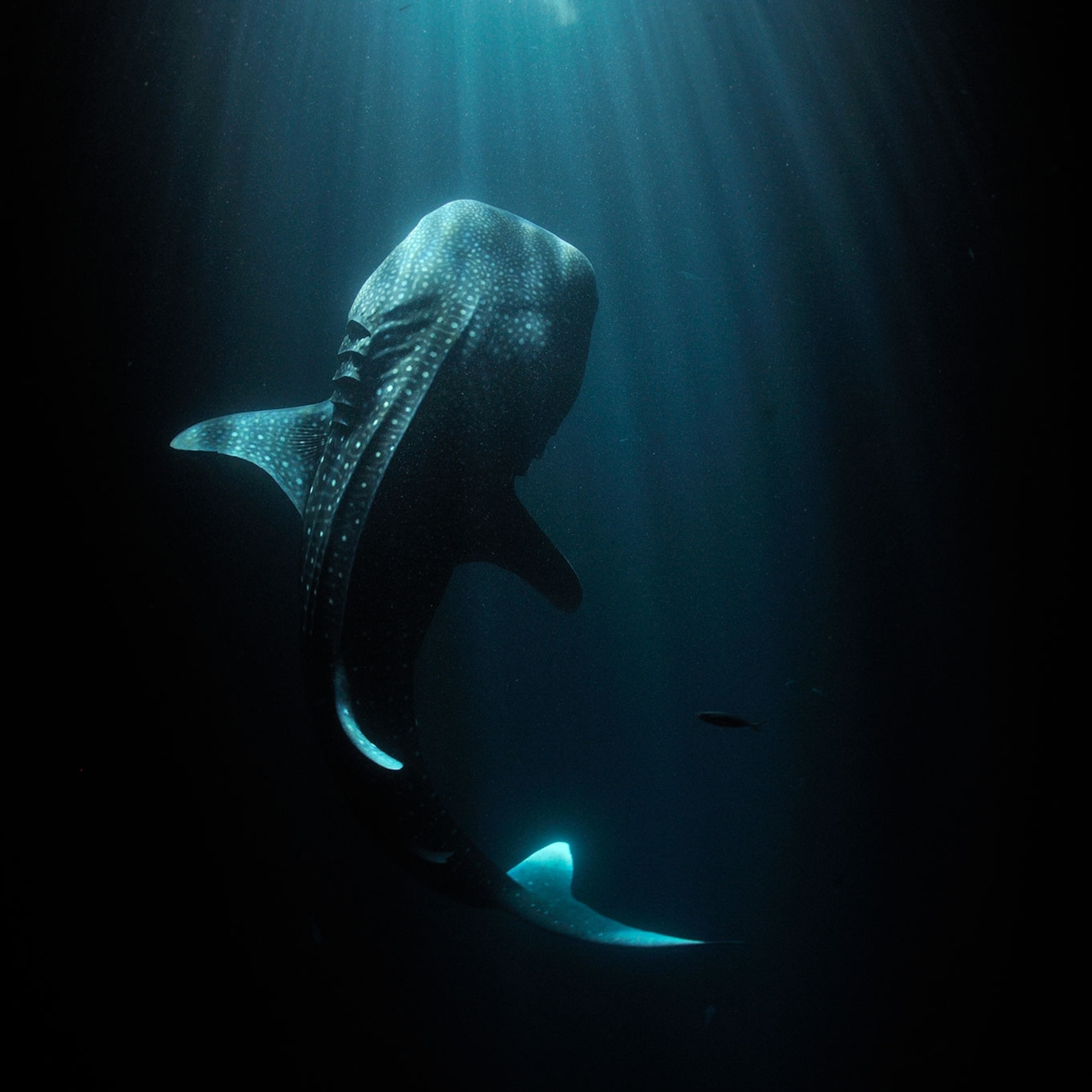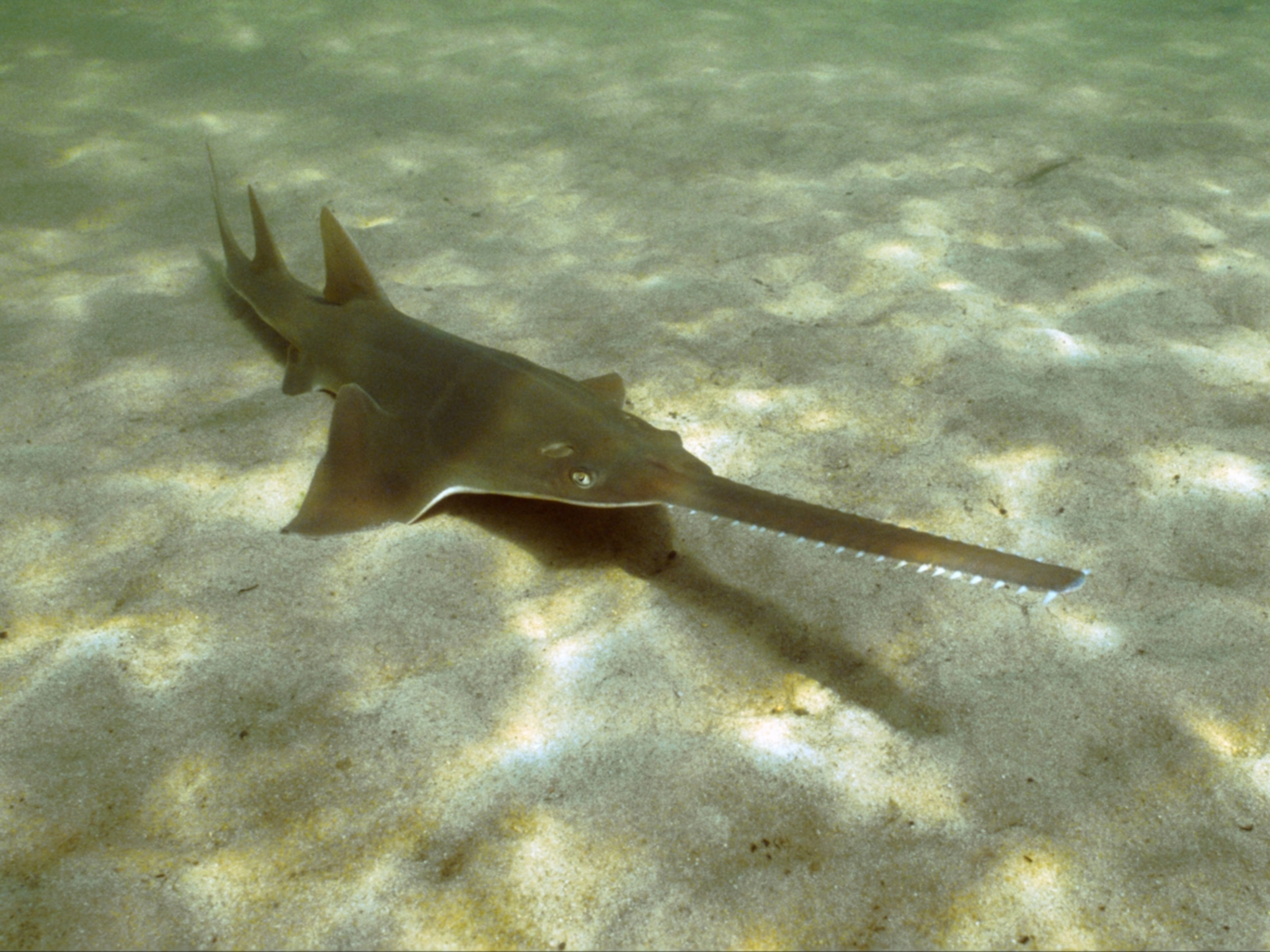How scientists claimed victory over an invasive Great Lakes bloodsucker
The invasive sea lamprey was chomping through the North American region’s native fish, until scientists made a fortuitous discovery.

In a rare win, officials are claiming victory against the bloodsucking invader that almost collapsed the Great Lakes’ seven billion-dollar fishing industry.
More than a century ago, human activity introduced the sea lamprey, native to the Atlantic Ocean, into the Great Lakes, where they began gobbling up local fish, from salmon to lake trout to walleye.
“Basically, they just swam in. We opened the door for them as we were constructing canals,” says Greg McClinchey, legislative affairs and policy director for the Great Lakes Fishery Commission (GLFC), an international organization that leads lamprey-control efforts. “We didn't fully understand what the species was capable of.”
One lamprey can kill up to 40 pounds of fish in the parasitic phase of its life, and every female sea lamprey will lay about a hundred thousand eggs, with roughly 75 percent becoming viable. (Learn how the Great Lakes, one of America's most valuable resources, is at risk.)
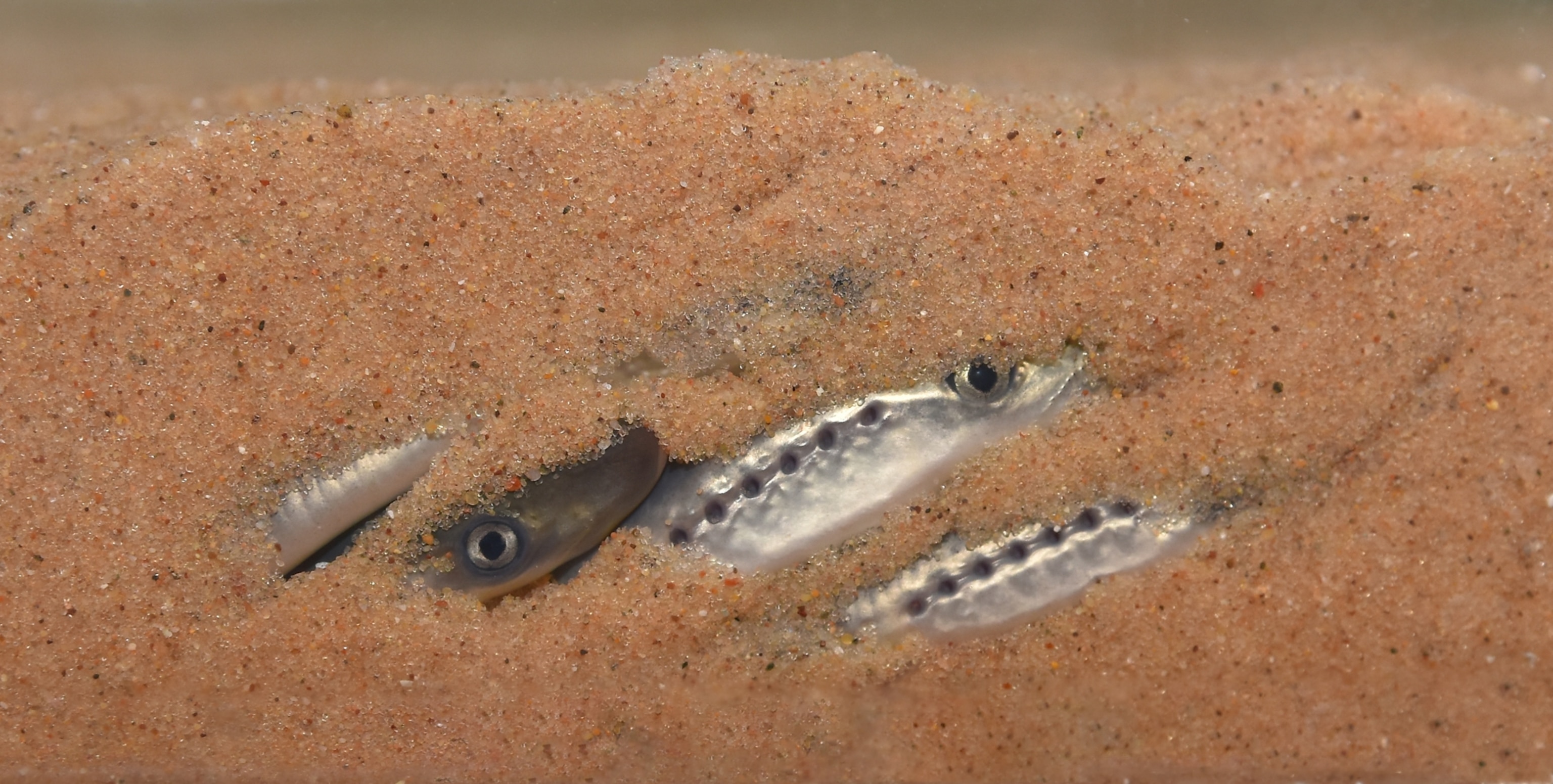
“At their height, they were consuming over 100 million pounds of fish,” McClinchey says. “To put that into perspective, they were outcompeting humans for that resource. They were more damaging to the natural ecosystem than people, and that’s pretty hard to do.”
Not only were fish in the Great Lakes region unprepared to defend themselves against lamprey, but the region lacks natural predators that would control the invader.
So how did humanity turn the tide? A decades-long campaign that ended in basin-wide control of the invasive fish, a wildlife-management victory unmatched worldwide.
The key to the success was a new type of lampricide that, as of 2024, has killed roughly 90 to 95 percent of lampreys in the Great Lakes region, but did not harm the endemic species.
“There is no doubt that this is an unprecedented victory anywhere on the planet, where you have a species this destructive, this widespread geographically, and yet still able to be controlled using a selective technique,” says Marc Gaden, the Great Lakes Fishery Commission’s executive secretary.
“It saved the Great Lakes fishery.”
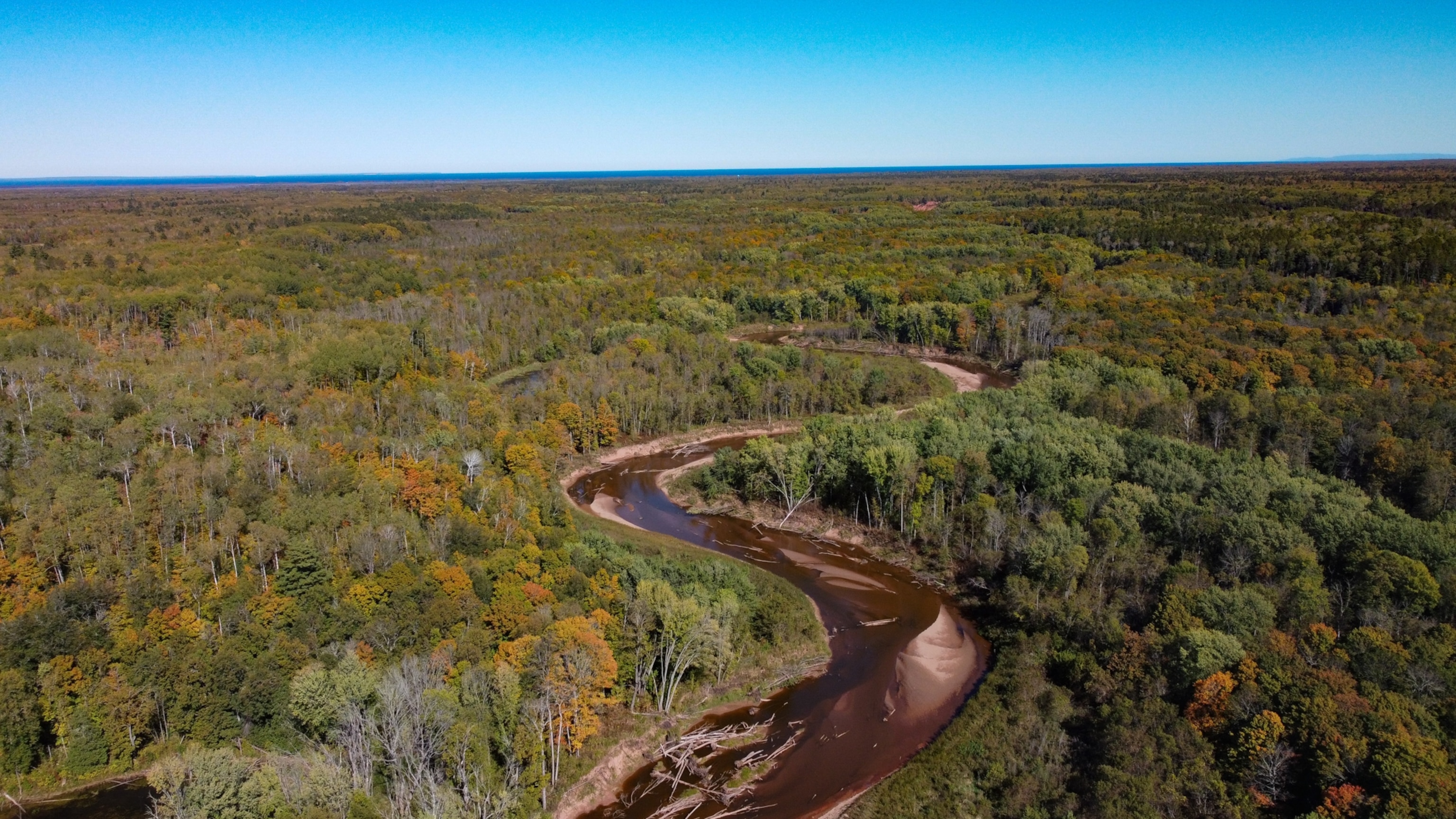
A worthy foe
The mechanism by which this ancient fish hunts is simple: Without a traditional jaw, they use sharp toothy rings that make up what’s called an oral disc. The lamprey use the oral disc to clamp onto the side of any fish (they’re not picky), and then they deploy what Evan Kinn, senior aquarist at the Shedd Aquarium in Chicago, describes as a “gnarly, toothed tongue.” (Read about how a 160-million-year-old lamprey gouged out its victims' flesh.)
“They use that to punch holes in the body cavity of the animal to expose an open wound, and from there, the saliva will make it so that there's a constant stream of blood flow,” Kinn says. “I’m sure it's very uncomfortable and very unpleasant for those host fish.”
When lamprey began to take hold in the mid-20th century, fishermen complained that when they’d pull up their nets, there would be so many dead fish in them already that they couldn't stand on the deck of the boat without gagging. Anglers testified in hearings that lamprey were consuming fish at a rate that was about five times that of the commercial catch.
“Every time a lamprey was seen in a stream or river where it hadn’t been seen before, like the Clinton River or the Ocqueoc River in Michigan, there was kind of this ‘gathering storm’ angst that folks had, because they knew what this meant,” Gaden says.
By 1954, a treaty between the two countries, eight states, a province and several tribal interests led to the creation of the GFLC. Local governments had already tried control attempts like weirs, dams, electricity, and even “big giant colanders,” according to Gaden. None of them had done the trick.
“It became obvious that they needed to look at something that would kill the larvae in the stream beds, before they would transform into that lethal juvenile and go out into the lake and kill fish,” he says. “That's the genesis of the lampricide program.”
A targeted killer
In 1950, scientists at the University of Michigan began working with officials at Hammond Bay Biological Station, a repurposed Coast Guard facility on the shore of Lake Huron. They were looking for something that all invasive species management dreams of—a chemical or compound that would kill the invader while keeping the native species unharmed. (Read how lamprey ended up at the center of a legal dispute over intelligent design.)
“It's not rocket science to kill fish. Fishery managers actually do it all the time,” Gaden says. “What's really hard is killing just what you're after and leaving everything else intact.”
After seven years of “pickle jar tests” in the laboratory, comparing mortality rates of native fish and lamprey doused in the same substance, researchers made a discovery: 3-trifluoromethyl-4-nitrophenol, or TFM, which the lamprey’s 350-million-year-old biology hasn’t evolved to metabolize.
“This is the ‘50s, okay? So they would write the chemical name, and then there'd be a little table for the temperature of the water, the time it went in, what they observed after four hours, that kind of stuff,” says Gaden. “Normally the result would be something very specific: fish mortality within 30 seconds. For TFM, all the guy wrote was the word ‘special.’”
TFM’s results have, in fact, been special. The substance became the backbone of the GLFC’s containment program, which started cautiously. Crews were sent out for a roughly week-long period, applying TFM as a liquid in the shallow streams where the lamprey larvae are concentrated before they try moving into deeper waters as adolescents to hunt.
“We treat a water column in a stream and you're talking about a few feet deep, so you can get a concentration of it,” Gaden says. “If you're talking about, like, the St. Marys River, which is very deep and very wide? There's probably not enough TFM in the world to do that.” (See a graphic of how the Great Lakes' food web is disrupted.)
The deeper waters remained a refuge for lamprey until the use of niclosamide in the 1990s, a time-released toxicant which sinks to the bottom to target the riverbed. The current program has maintained the same tactics, along with strategic use of dams and weirs that limited the lampreys’ spread.
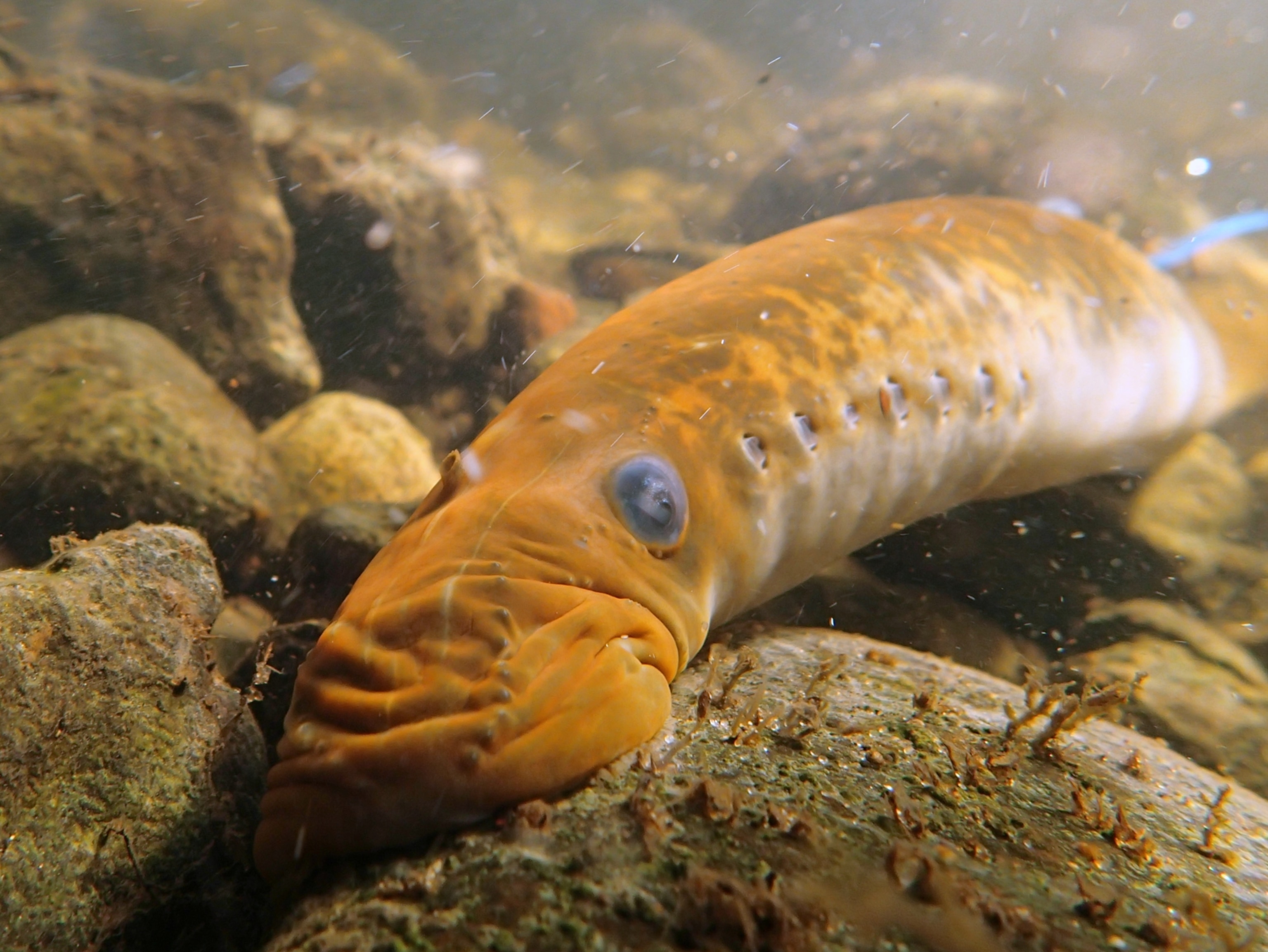
A constant battle
Despite the GLFC’s success, lamprey still pose a considerable threat to the region’s fishing economy. In 2020, border controls and other COVID-19 regulations led to the application of only 25 percent of the usual amount of lampricide treatments, with only 75 percent of the usual treatments in 2021, according to Gaden. When those batches of lampreys matured, the GLFC was watching.
“Sure enough, those numbers were off the scale, and we got phone calls from anglers and the public,” Gaden says.
“They're this looming menace hanging above our heads, where if you ease up on control even for a short amount of time, they bounce back with quite a force.”
After treatment levels returned to normal in 2022, lamprey numbers—while high—began to recede yet again, an unintentional experiment that reiterated the effectiveness of the program. Currently, the GLFC kills roughly 8.5 million lamprey per year. Researchers are also studying alternative treatments, including use of genetic modification and CRISPR.
“Right now, we're just trying to understand the genome; we're not altering anything,” Gaden says.
“But scientists have dangled a very, very alluring notion, and that is that they actually do think eradication could be possible over a 50-, 60-year period with the careful use of genetics.”

